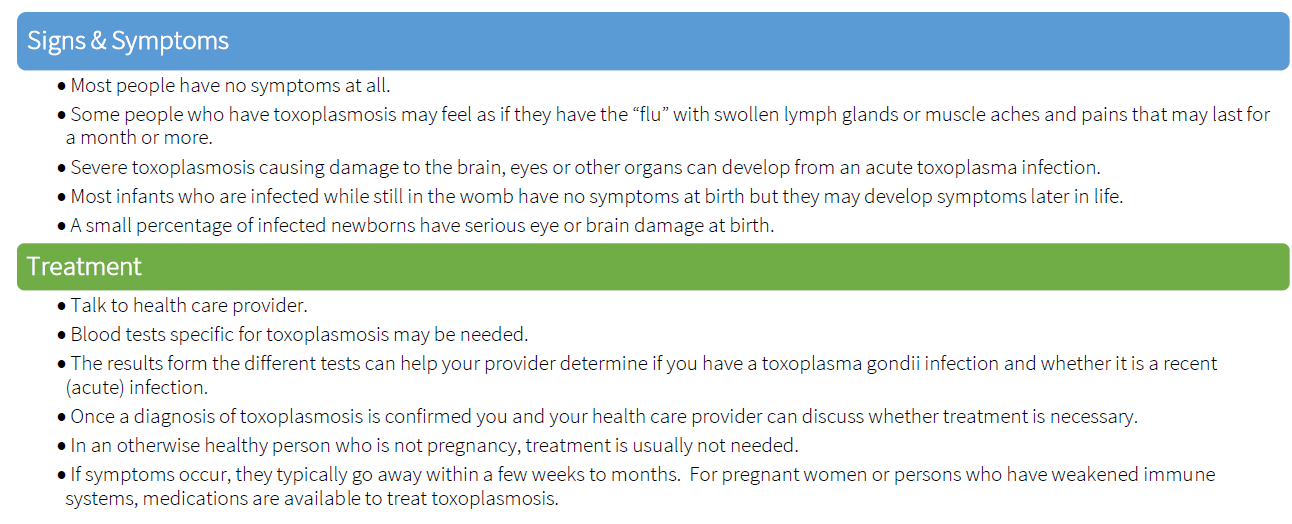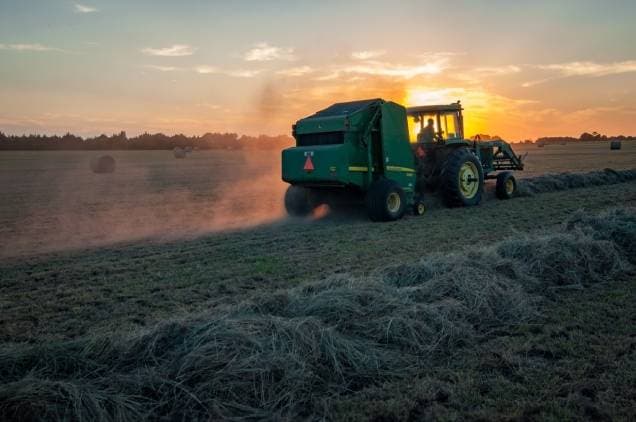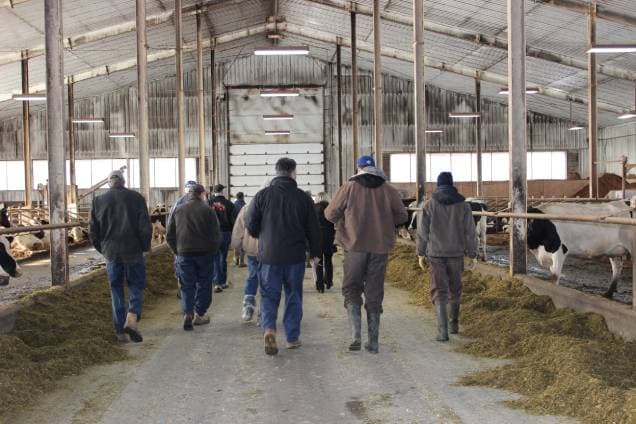Knesha Rose-Davison, the Public Health Program Director for the AgriSafe Network presented a webinar on Zoonotic Disease and Pregnancy: A deeper Dive on May 19, 2021. The webinar focused on common zoonotic diseases, discussing their warning signs and symptoms, modes of transmission, and prevention and how it affects reproductive health with a focus on the effects of pregnant farmers.
Zoonotic diseases are caused by pathogenic agents such as bacteria virus, fungi and parasites that can be spread between animals and people. Zoonotic diseases can affect women who work in agriculture to include farmers, vets & vet techs, animal husbandry providers, slaughterhouse workers, meat processing workers, researchers, etc.
TOXOPLASMOSIS/T. GONDII (PARASITIC)
- Toxoplasmosis is considered to be a leading cause of death attributed to foodborne illness in the US.
- However, women newly infected with toxoplasma during or shortly before pregnancy and anyone with a compromised immune system should be aware that toxoplasmosis can have severe consequences.
Exposure/Transmission
- Eating undercooked, contaminated meat (especially pork, lamb and venison) or shellfish (oysters, clams or mussels).
- Accidental ingestion of undercooked contaminated meat or shellfish after handling them and not washing hands thoroughly (toxoplasma cannot be absorbed through intact skin).
- Eating food that was contaminated by knives, utensils, cutting boards, and other foods that have had contact with raw, contaminated meat or shellfish.
- Drinking water contaminated by Toxoplasma gondii
- Accidently swallowing the parasite through contact with cat feces that contain toxoplasma.
- Cleaning a cat’s littler box when the cat has shed toxoplasma in its feces.
- Touching or ingesting anything that has come into contact with cat feces that contain toxoplasma.
- Accidently ingesting contaminated soil (not washing hands after gardening or eating unwashed fruits or vegetables from a garden
- Mother-to-child (congenital) transmission.

Prevention:
The occupational prevention & protection methods for each of the six zoonotic diseases discussed are relatively the same and easy to implement on farm.

PROPER HANDWASHING
We have learned throughout the pandemic that washing hands for at least 20 seconds is key in preventing infection, but also key in preventing the illnesses listed above. There are many infographics on washing hands but few that tell us when to wash hands. Take a look at the list below for suggestions on when to wash hands to help prevent infection.

Reference:
Centre for Disease Control and Prevention, National Center for Emerging and Zoonotic infectious Disease, Division of High-Consequence Pathogens and Pathology: https://www.cdc.gov/onehealth/index.html



